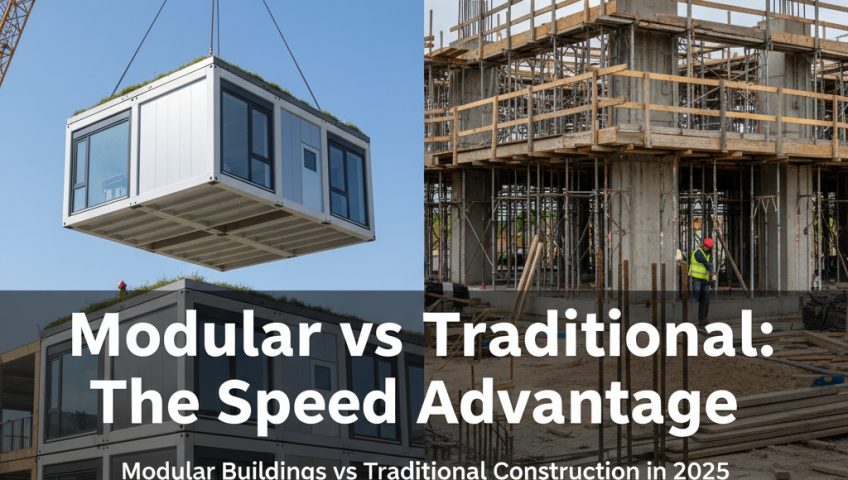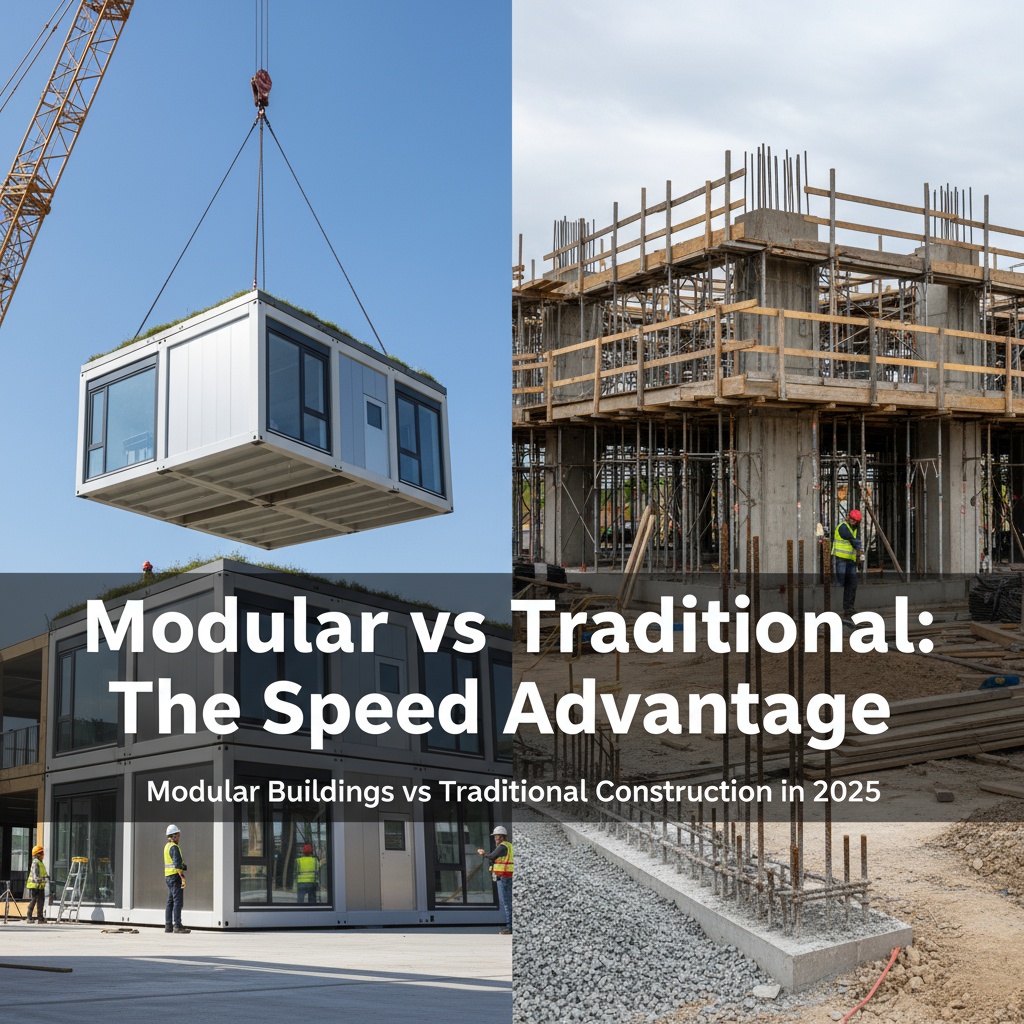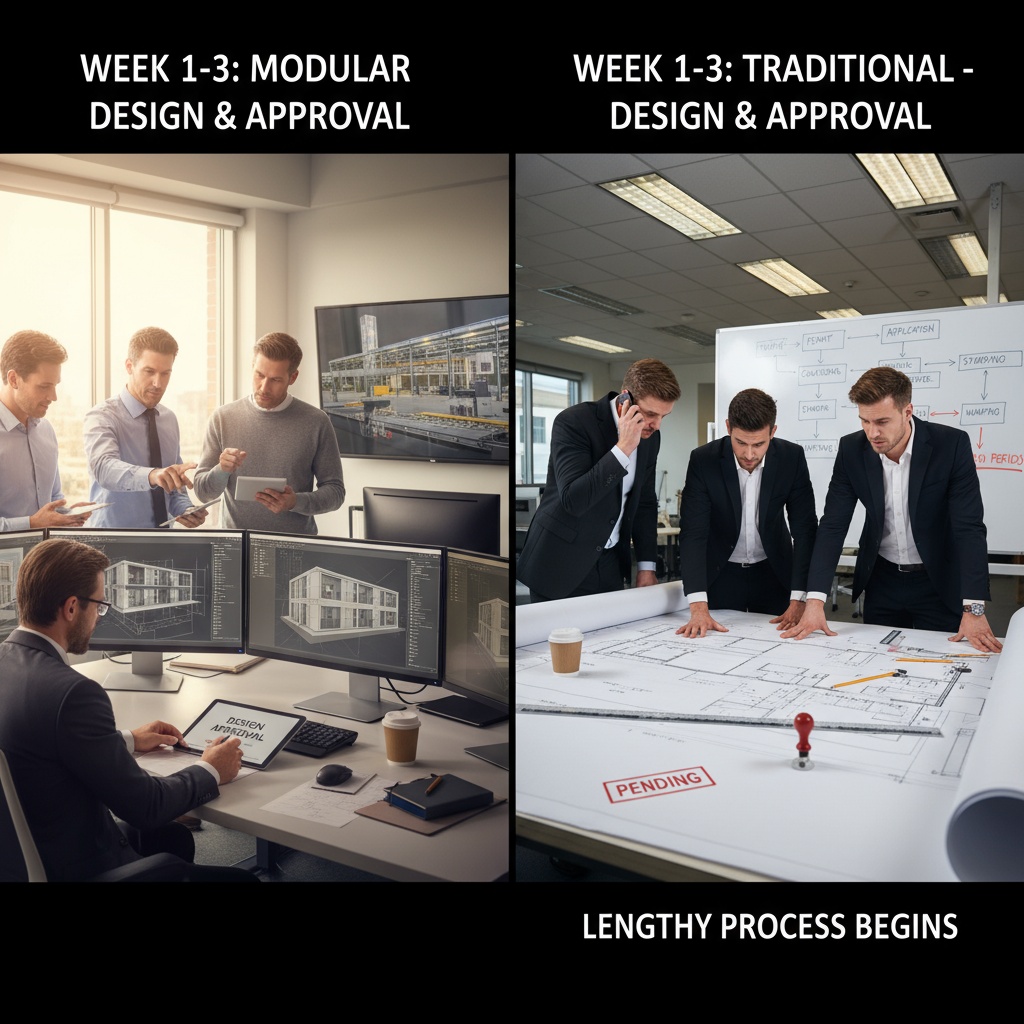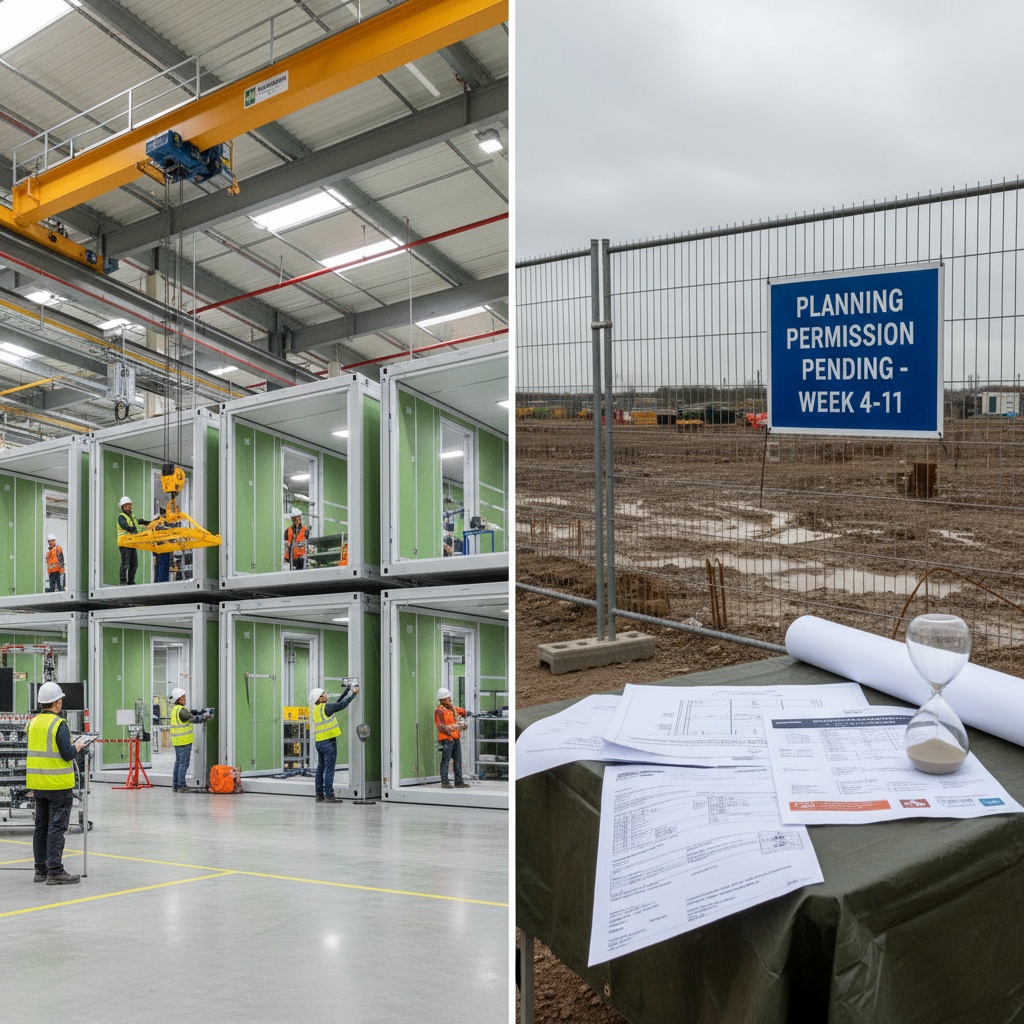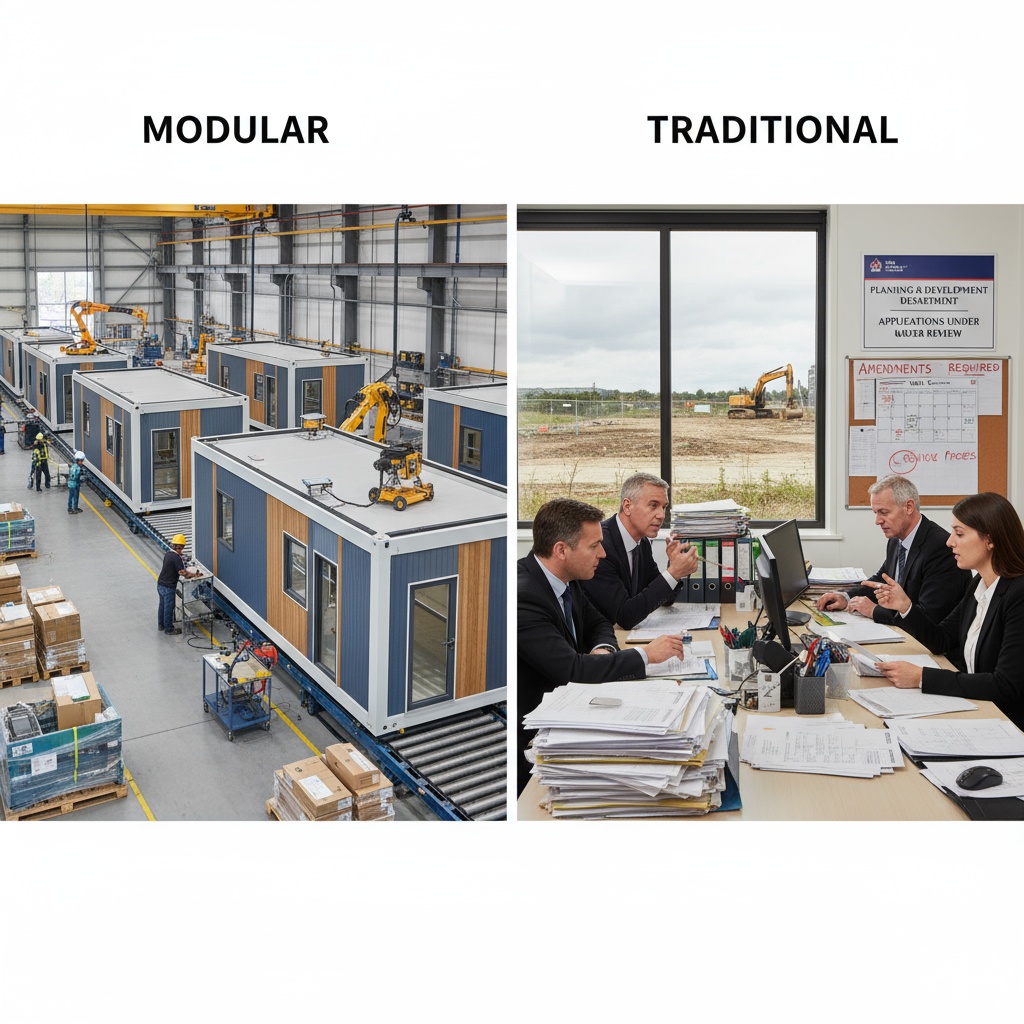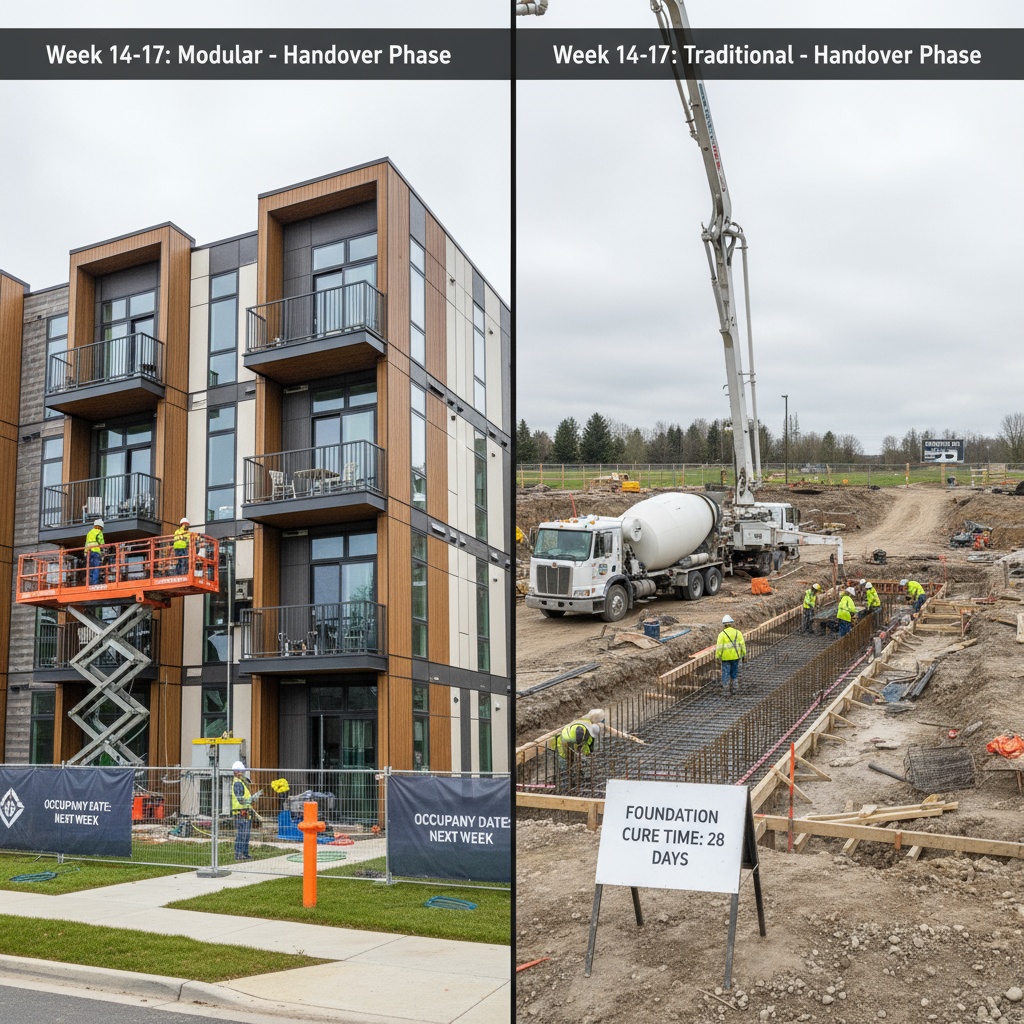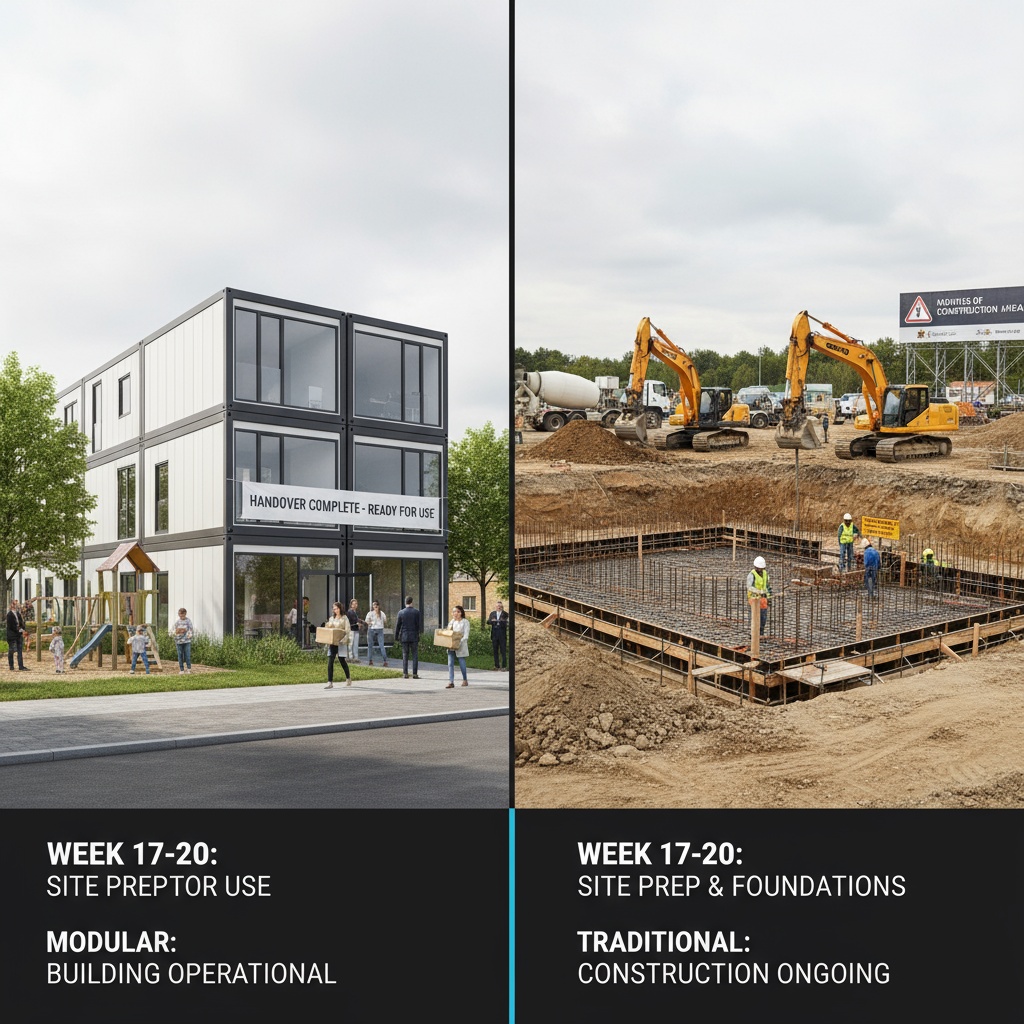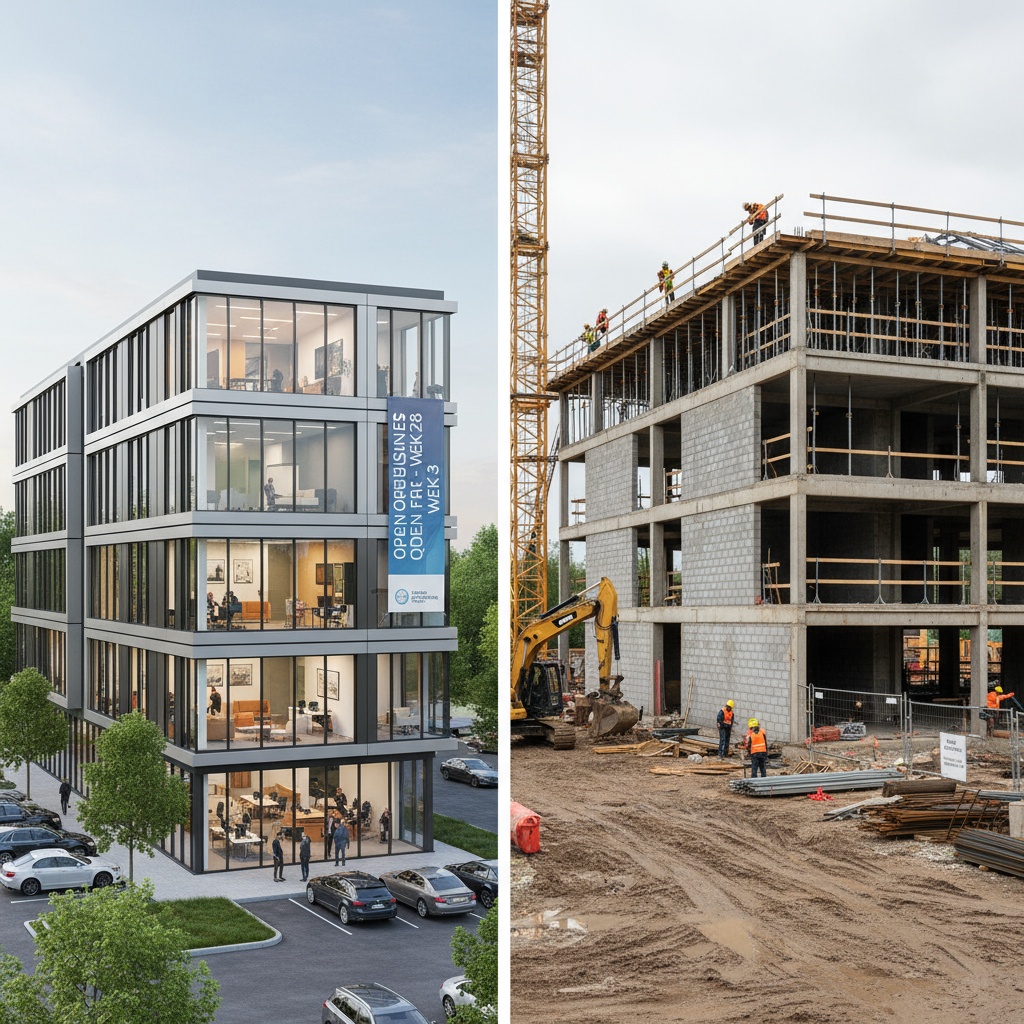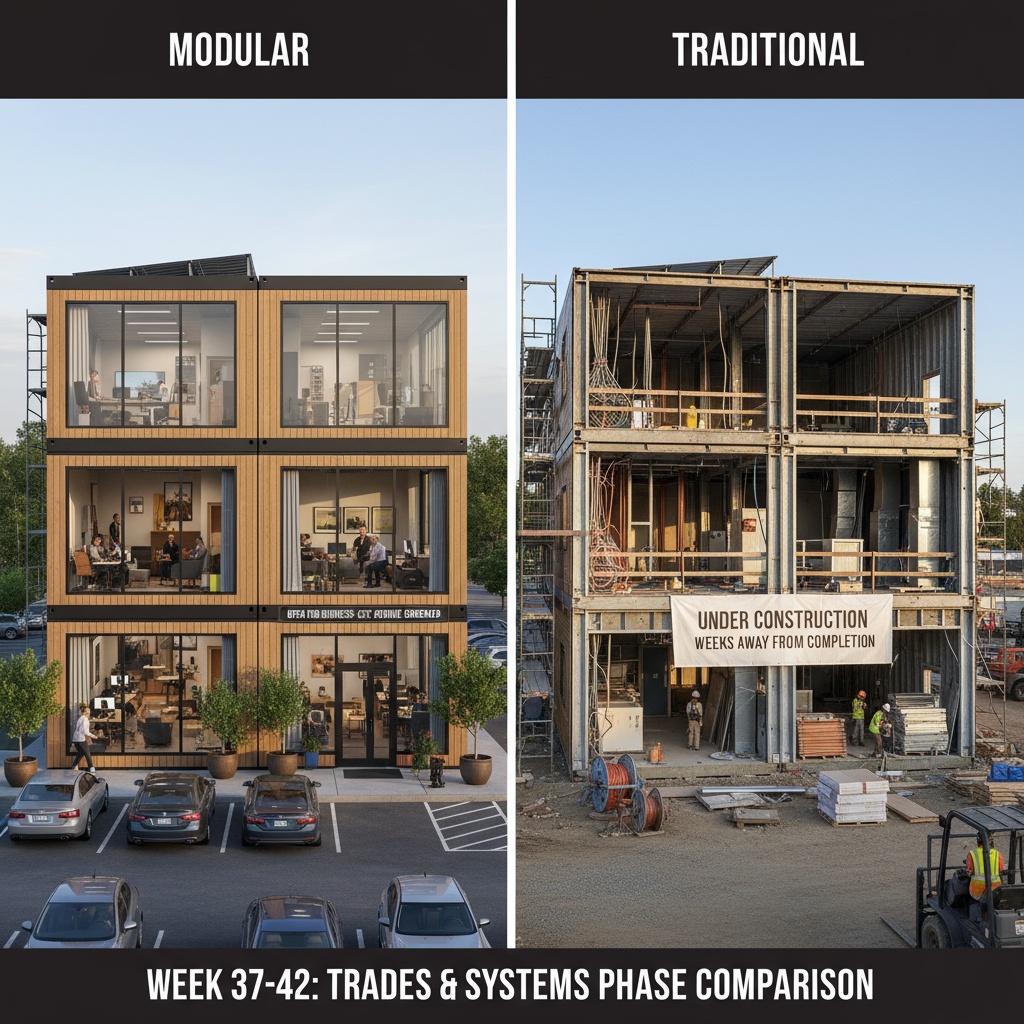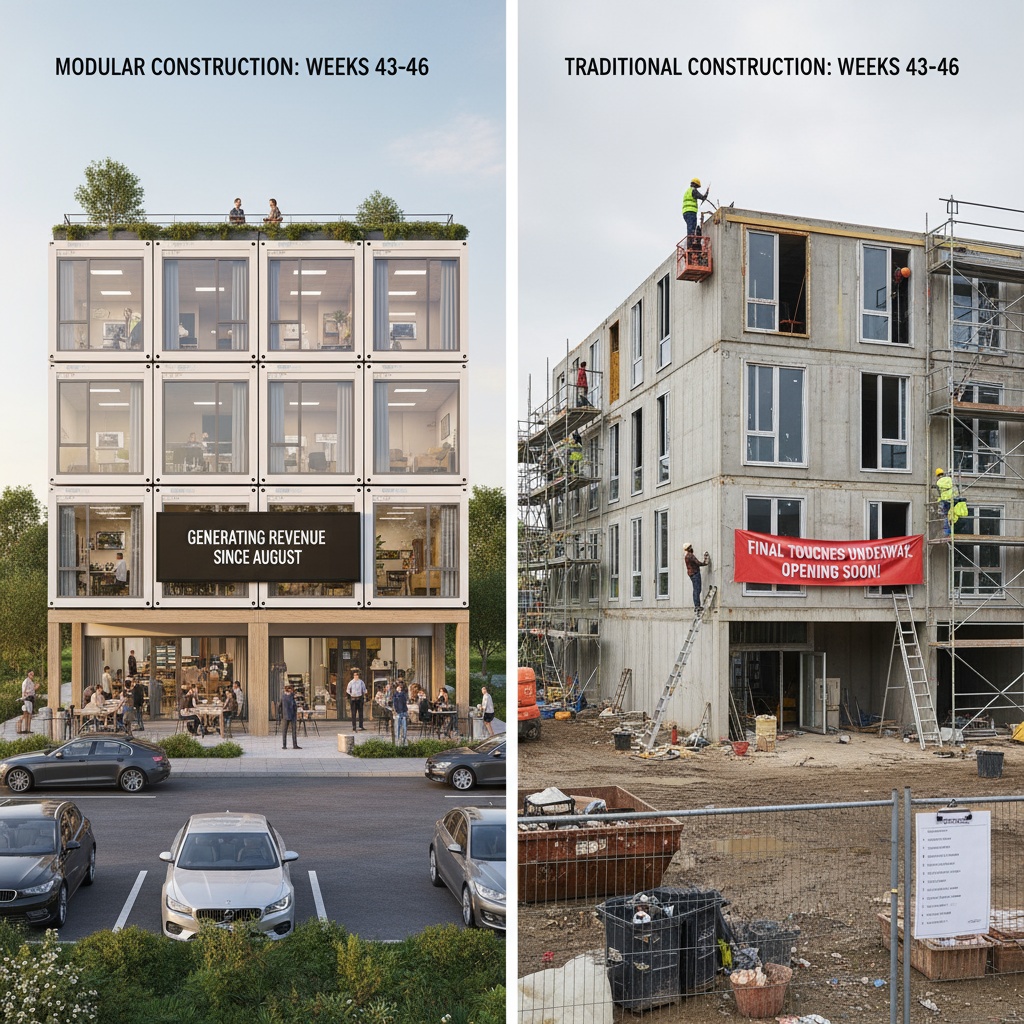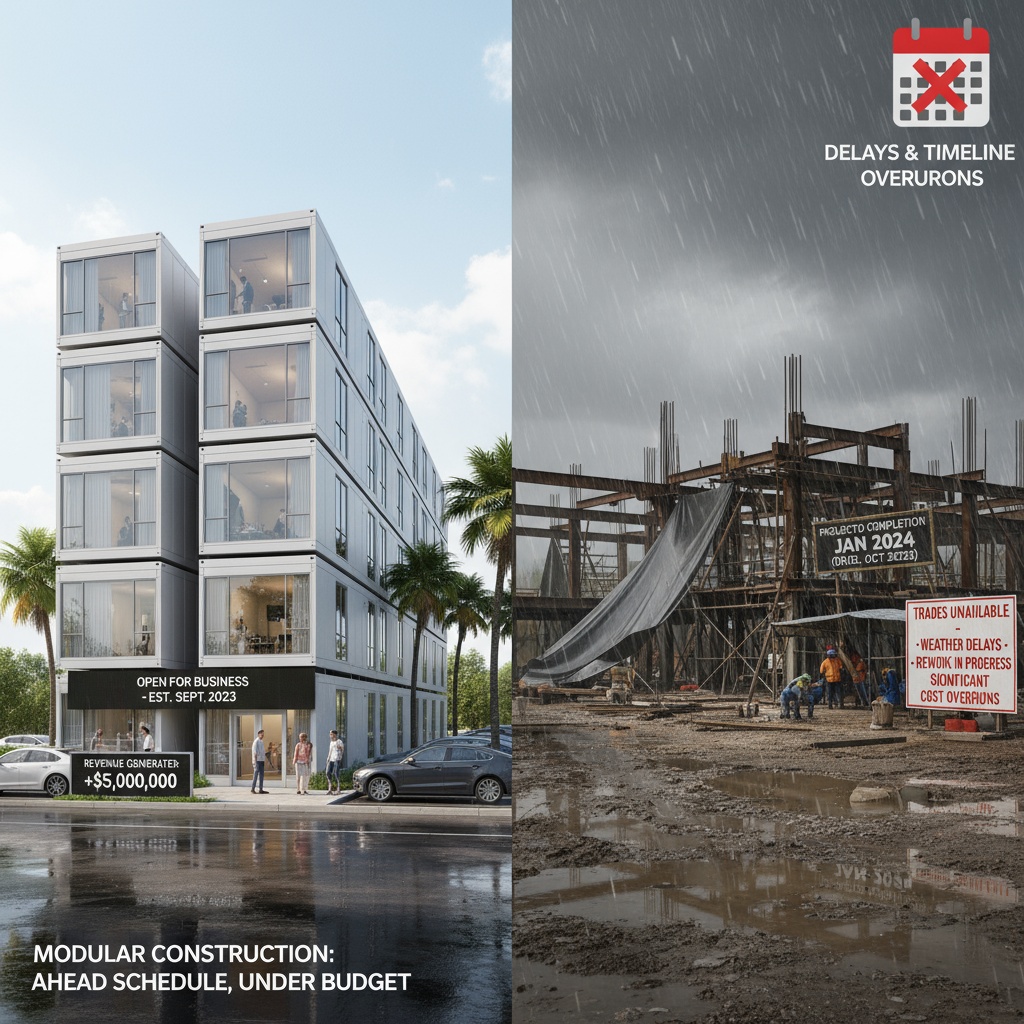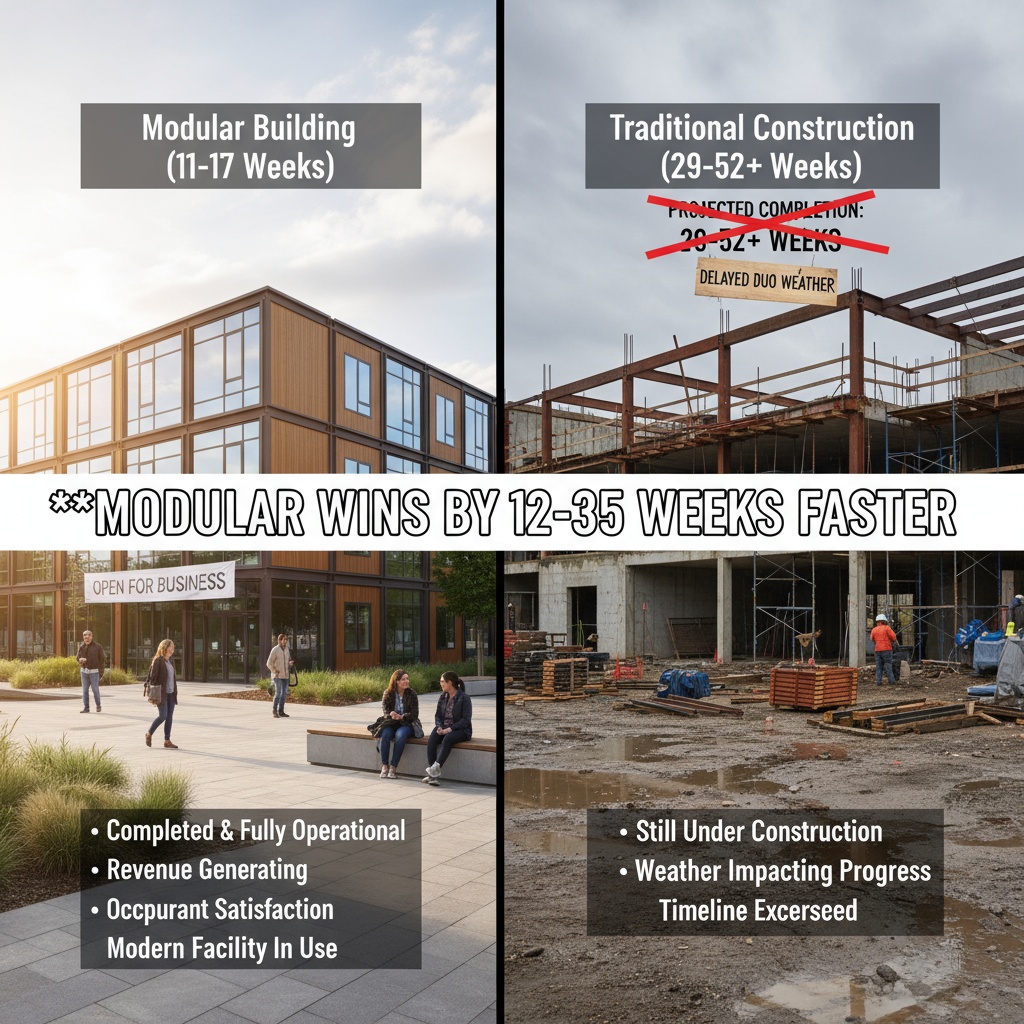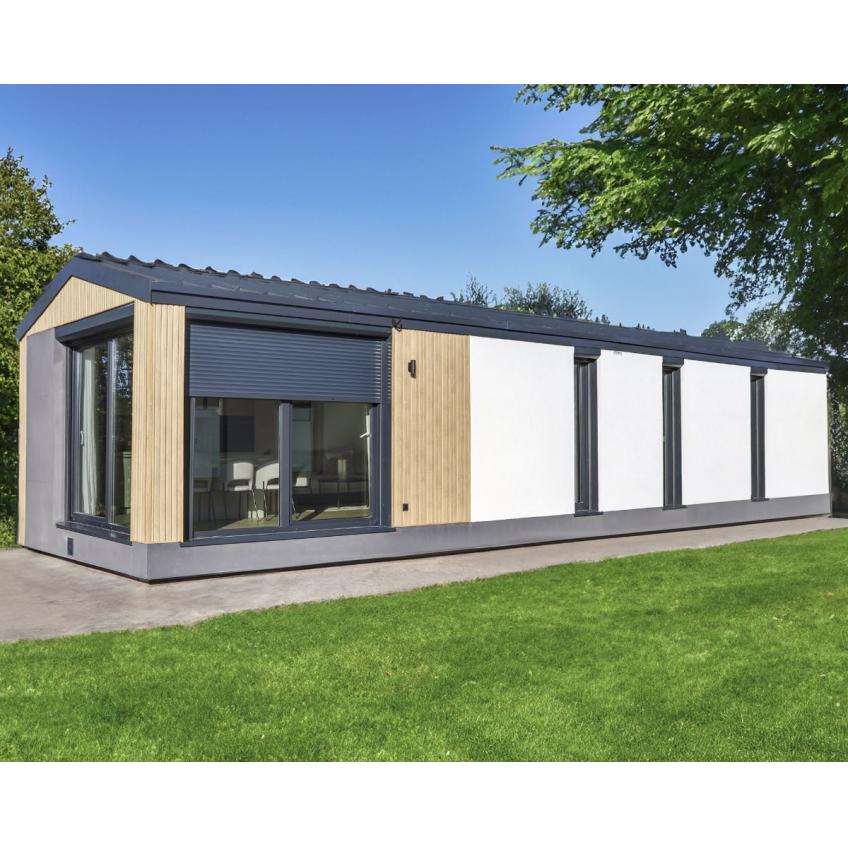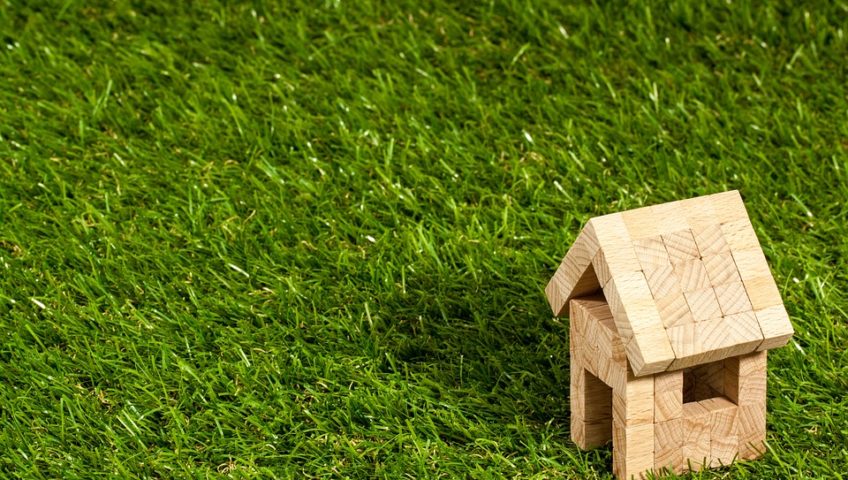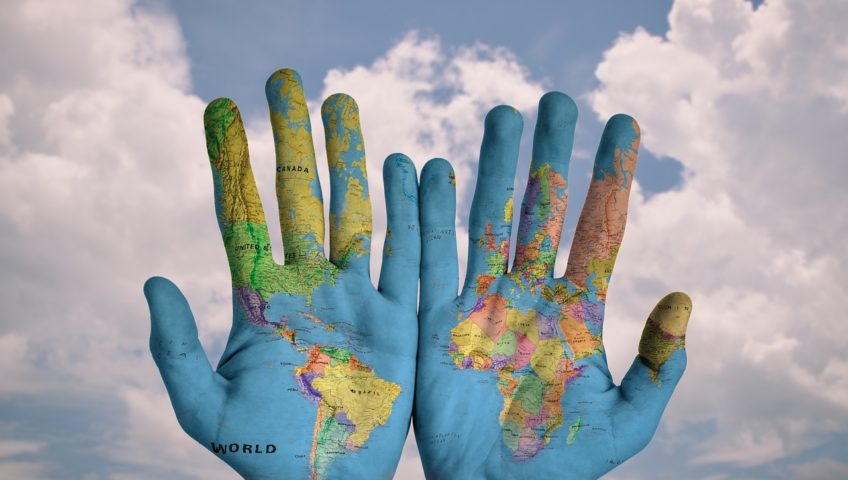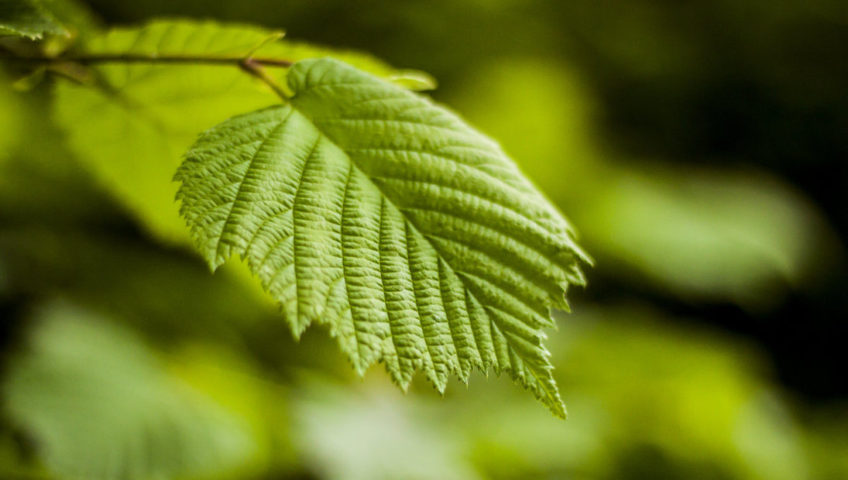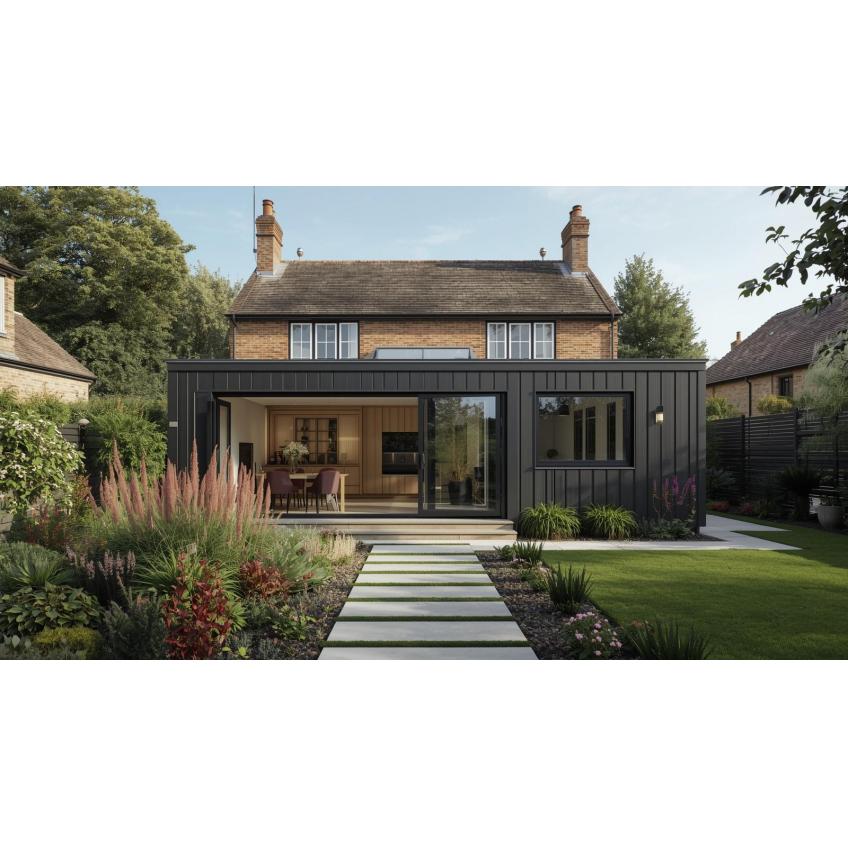
Garden Room Benefits UK: 10 Reasons to Invest in 2025 | KC Modular
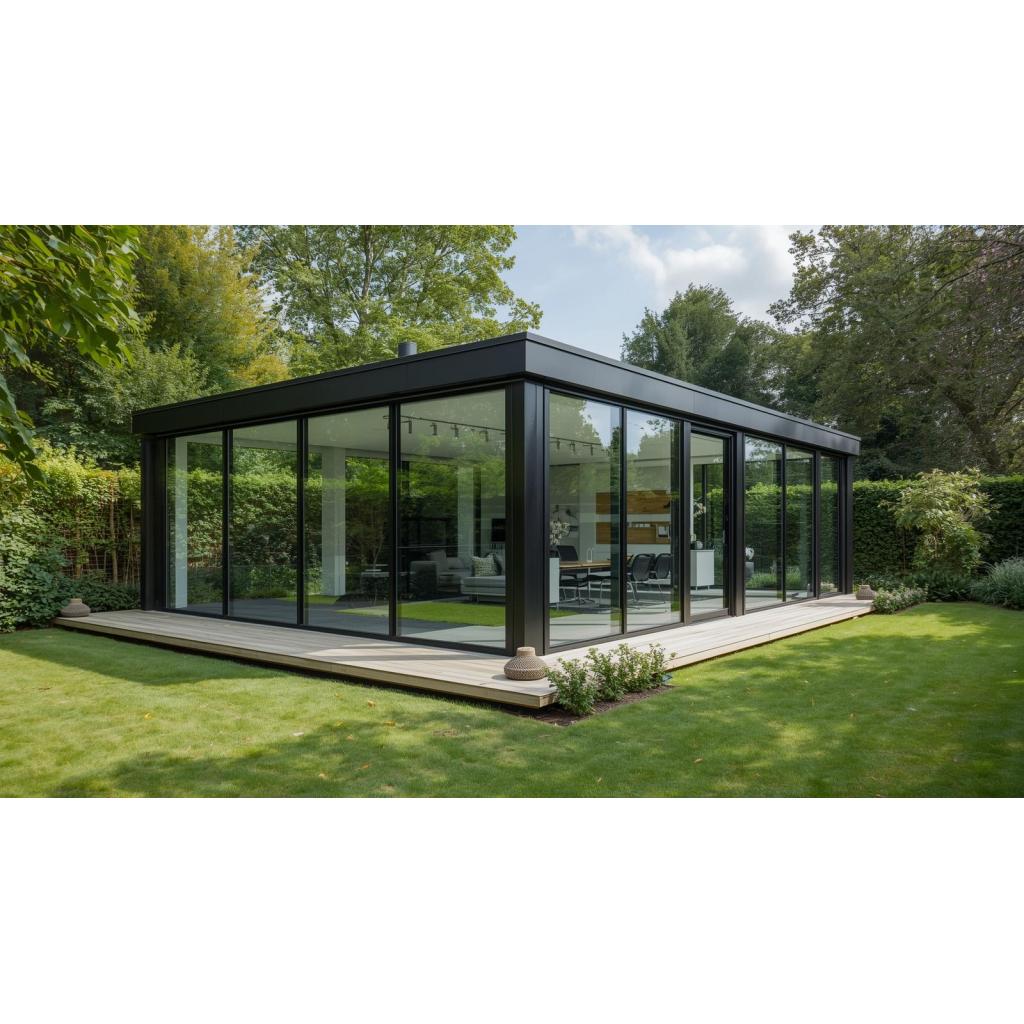 # Garden Room Benefits UK: 10 Reasons to Invest in 2025
# Garden Room Benefits UK: 10 Reasons to Invest in 2025
Garden rooms have become one of the most popular home improvements for UK homeowners in recent years. Whether you’re looking for extra workspace, additional living space, or a private retreat, garden room benefits extend far beyond just adding square footage to your property.
In this guide, we’ll explore the top 10 benefits of garden rooms and why they represent a smart investment for your UK home in 2025.
## 1. Increase Your Property Value
One of the most compelling garden room benefits is the potential to add significant value to your property. Quality garden rooms can increase home value by 5-10%, making them an investment that pays for itself when you sell.
Unlike loft conversions or extensions that require planning permission and major disruption, garden rooms offer a faster, cleaner way to add valuable square footage.
## 2. Create a Dedicated Home Office
With remote and hybrid working now the norm for millions of UK workers, a garden office provides the perfect solution for work-life balance. Garden room benefits for home workers include:
– Physical separation between work and home life
– Professional space for video calls and client meetings
– No commute – just a few steps from your back door
– Quiet, distraction-free environment
– Tax benefits (consult your accountant about claiming home office expenses)
## 3. No Planning Permission Required (Usually)
Most garden rooms fall under permitted development rights, meaning you can install them without planning permission. This is a huge benefit compared to traditional extensions, saving you:
– Months of waiting for planning approval
– Expensive architect and planning fees
– Risk of planning rejection
– Neighbour consultation headaches
Always check with your local authority, but garden rooms under 2.5m high and within certain distances from boundaries typically don’t need permission.
## 4. Fast Installation with Minimal Disruption
Traditional home extensions can take months and turn your home into a building site. Garden room benefits include incredibly fast installation – most are completed in just 1-3 weeks from order to handover.
There’s no mess inside your home, no need to move out during construction, and minimal disruption to your daily life.
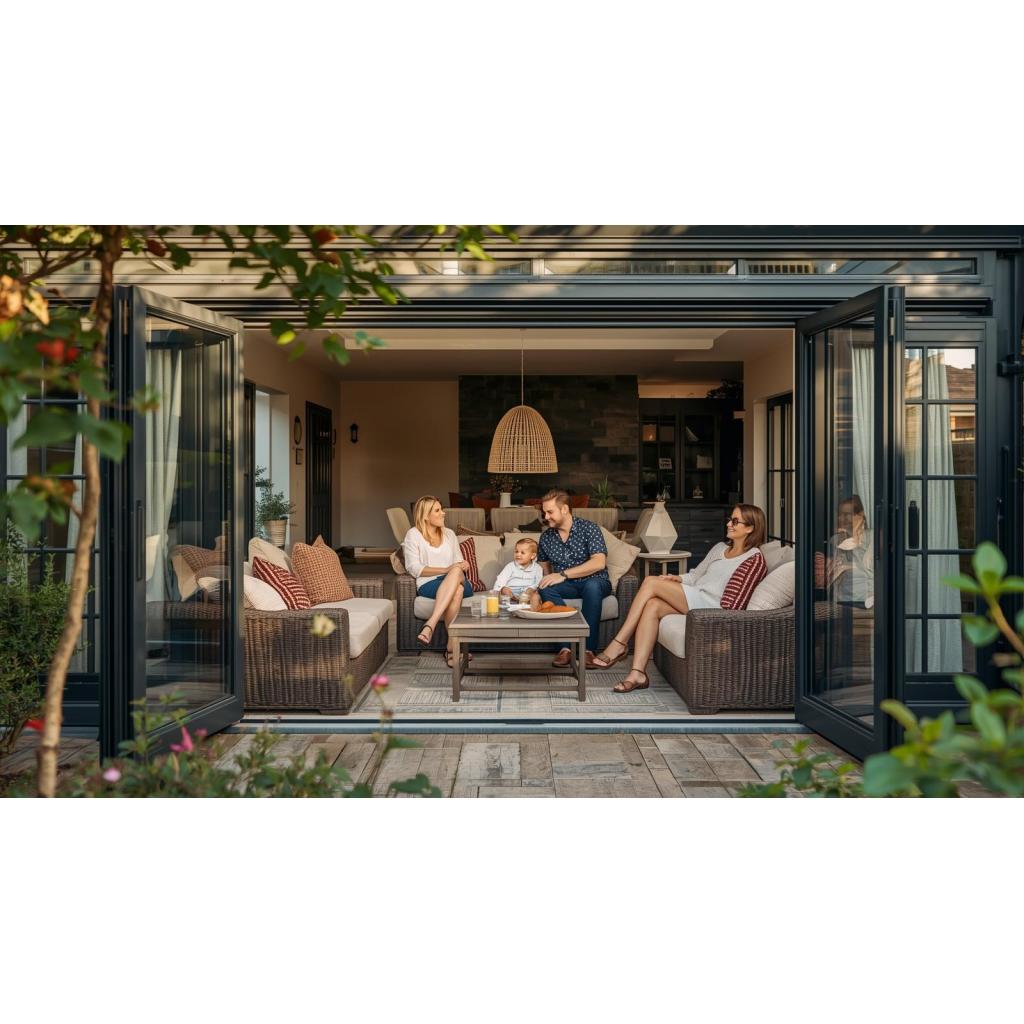 ## 5. Year-Round Usable Space
## 5. Year-Round Usable Space
Modern garden rooms are fully insulated, heated and weatherproof, making them comfortable 365 days a year. Benefits include:
– A-rated insulation for energy efficiency
– Double or triple glazing
– Efficient heating systems
– Proper ventilation to prevent condensation
– Durable, weatherproof construction
Unlike summer houses or sheds, garden rooms are designed as permanent, habitable spaces.
## 6. Flexible Multi-Purpose Space
Garden room benefits extend to their incredible versatility. Use your garden room as:
– Home office or studio
– Gym or yoga space
– Art or music studio
– Guest accommodation
– Teenage den or playroom
– Home cinema or gaming room
– Hobby or craft space
As your needs change, your garden room can adapt – no structural changes required.
## 7. Improve Mental Health and Wellbeing
Having a dedicated space in your garden offers significant wellbeing benefits:
– Connection to nature and natural light
– Separation from household stress
– Personal space for relaxation or hobbies
– Reduced commute stress
– Better work-life boundaries
Studies show that access to garden spaces and natural light significantly improves mental health and productivity.
## 8. Energy Efficient and Sustainable
Modern garden rooms are built to high environmental standards. Benefits include:
– Superior insulation reducing heating costs
– LED lighting as standard
– Sustainable timber from managed forests
– Minimal construction waste (factory-built precision)
– Long lifespan (50+ years with proper maintenance)
– Lower carbon footprint than traditional extensions
## 9. Easier to Finance Than Extensions
Garden room benefits include more accessible financing options:
– Lower total cost than traditional extensions
– Finance packages available from many suppliers
– Potential to use savings rather than remortgaging
– Faster return on investment
– No need for expensive structural work or foundation changes
## 10. Future-Proof Your Home
As housing needs evolve, garden rooms offer flexibility:
– Accommodate elderly relatives without major home changes
– Create space for adult children returning home
– Adapt to changing work patterns
– Provide rental income potential (check regulations)
– Meet growing demand for home workspace
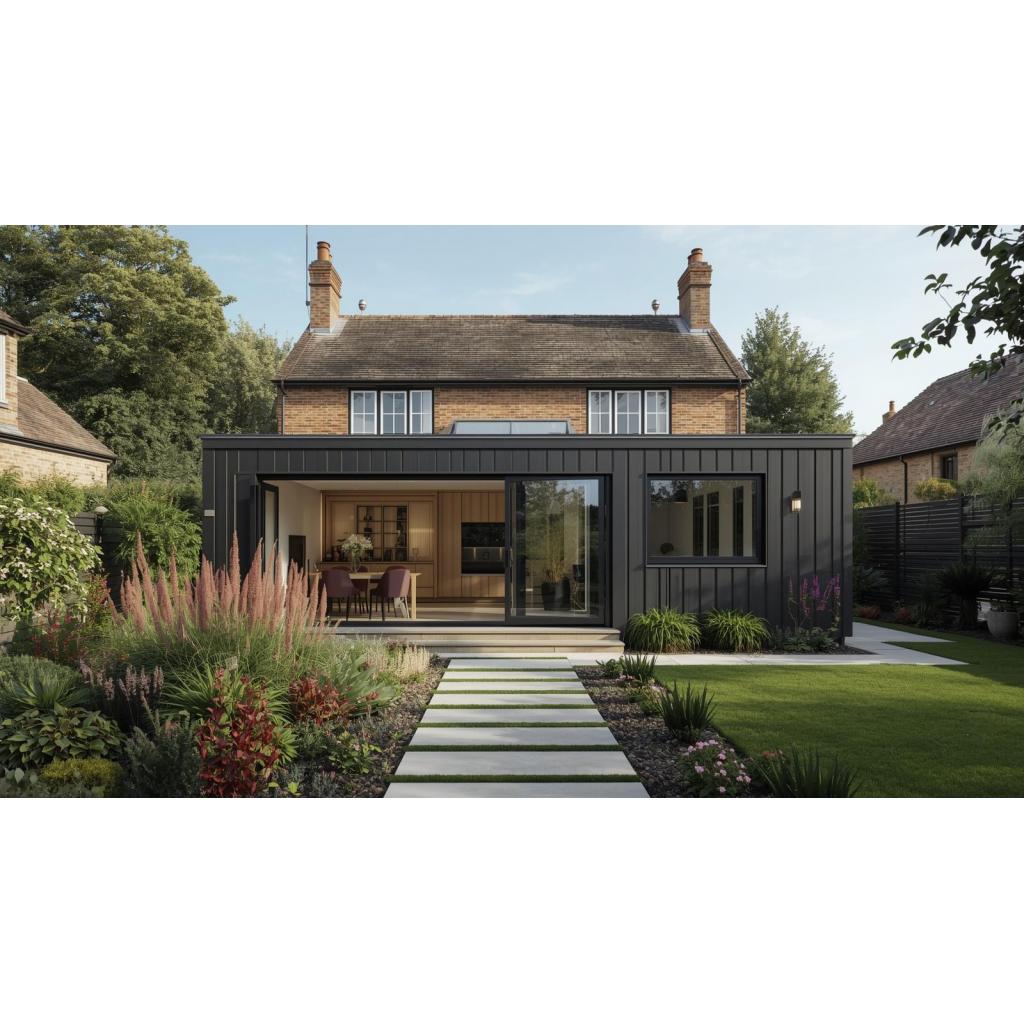 ## Conclusion: Are Garden Room Benefits Worth It?
## Conclusion: Are Garden Room Benefits Worth It?
The benefits of garden rooms make them one of the smartest home improvements you can make in 2025. They add value, provide flexible space, require minimal disruption, and improve quality of life.
Whether you need a home office, extra living space, or a personal retreat, garden rooms deliver exceptional value for UK homeowners.
**Ready to explore garden room benefits for your property?** Contact KC Modular Buildings for a free consultation and quote. We design and install high-quality garden rooms across the UK with clear pricing, realistic timescales and exceptional customer service.

